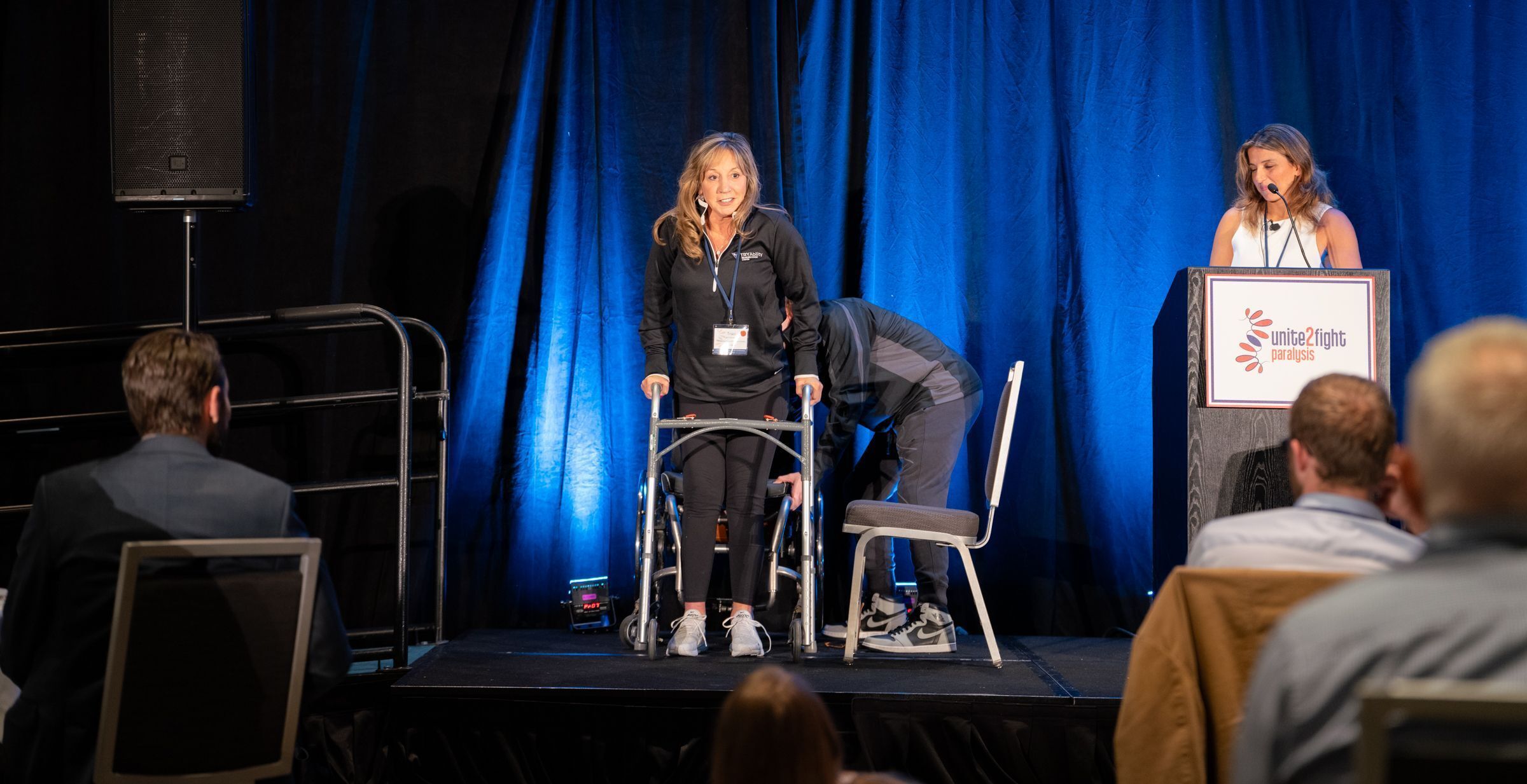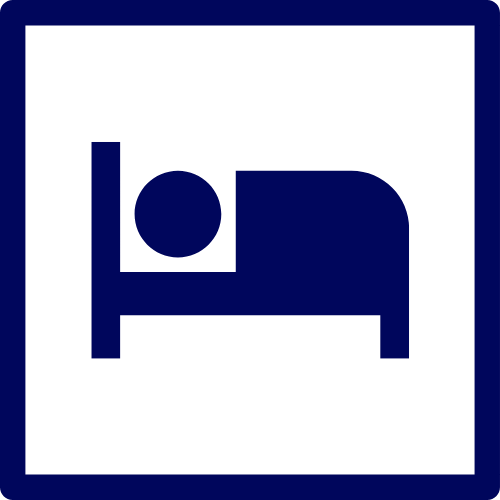
Kajana Satkunendrarajah, PhD
Associate Professor, Department of Neurosurgery, Medical College of Wisconsin
Associate Director, Neuroscience Research Center
Abstract
Neuromodulation of spinal interneurons: a novel preclinical translation strategy to restore breathing after chronic cervical spinal cord injury
Dysfunctional breathing is a major cause of morbidity and mortality in cervical spinal cord injury (cSCI), which disrupts the neural connections controlling the diaphragm. Advances in surgical, technological, and health care delivery have significantly improved the survival of individuals with cSCIs. However, many patients are often ventilatory dependent. This results in patients having a portable mechanical ventilator and/or tracheostomy tube even when discharged from the hospital. Unfortunately, long-term ventilator dependence is associated with a high risk of respiratory complications, infections, and lower quality of life.
The ability to restore breathing in the chronic phase after cSCI is an overwhelming yet essential goal. Previous work in a spinal compression model of SCI has shown that a small population of neurons within the cervical spinal cord play an integral role in maintaining breathing after SCI. These same neurons can be specifically stimulated to reverse paralysis of the diaphragm immediately after cSCI. However, whether this strategy can be translated into a non-transgenic preclinical model to improve breathing in the chronic phase of cSCI is unclear. To address this, we employed adeno-associated virus (AAV) technology to selectively express designer receptors exclusively activated by designer drug (DREADD) in cervical eINs four weeks after C2 level spinal cord hemisection(C2Hx). Two weeks after viral injections, cervical eINs were stimulated by subcutaneously administering CNO, the DREADD ligand. We evaluated CNO-mediated activation of cervical eINs on normal breathing function and ability to respond to acute respiratory challenges (hypercapnia and hypoxia) using whole-body plethysmography. Chemogenetic stimulation of cervical eINs in a chronic cSCI model resulted in a significant improvement in ventilation, demonstrating the feasibility of implementing the DREADD system to target spinal eINs in wild-type mice, indicating the translational potential of this approach.
These findings represent a crucial step towards future translation of this treatment approach in individuals with chronic cSCI. This work holds the potential to significantly reduce t ventilator dependency, improve wheelchair mobility, and overall quality of life for people living with cSCI. AAVs tested in this proposal are particularly promising for clinical translation because of their safety profile, and the FDA has already approved many AAV-based therapeutics. This project will facilitate developing this promising strategy to restore breathing after chronic cSCI.
Bio
Dr. Kajana Satkunendrarajah is an Associate Professor in the Department of Neurosurgery at the Medical College of Wisconsin, where she also serves as the Associate Director of the Neuroscience Research Center. She earned her Ph.D. from The School of Medicine at Wayne State University and subsequently undertook a postdoctoral fellowship at the University of Toronto in Canada. Dr. Satkunendrarajah's research program is focused on unraveling the intricacies of neural networks governing motor behavior, both in healthy states and in the aftermath of spinal cord injuries and other neurological conditions. Her seminal discoveries include her work on cervical excitatory interneurons that undergo plasticity under respiratory stresses and can be genetically modulated to restore breathing after cervical spinal cord injury and the discovery of a novel sensory cortical-spinal circuit for locomotor control. Dr. Satkunendrarajah's research program is driven by the dual objectives of deepening our comprehension of neural control of breathing and movement and harnessing this knowledge to pioneer novel therapies that bolster motor recovery in individuals affected by neurological conditions. Her work in motor control and spinal cord injury uniquely combines fundamental neuroscience, respiratory and locomotor physiology, and cutting-edge techniques such as viral manipulation, optogenetics, and chemogenetics in transgenic mouse models to manipulate neural circuits at the preclinical level. The Kajana Lab’s ultimate objective is to translate these research findings into effective treatments for spinal cord injured patients.






















